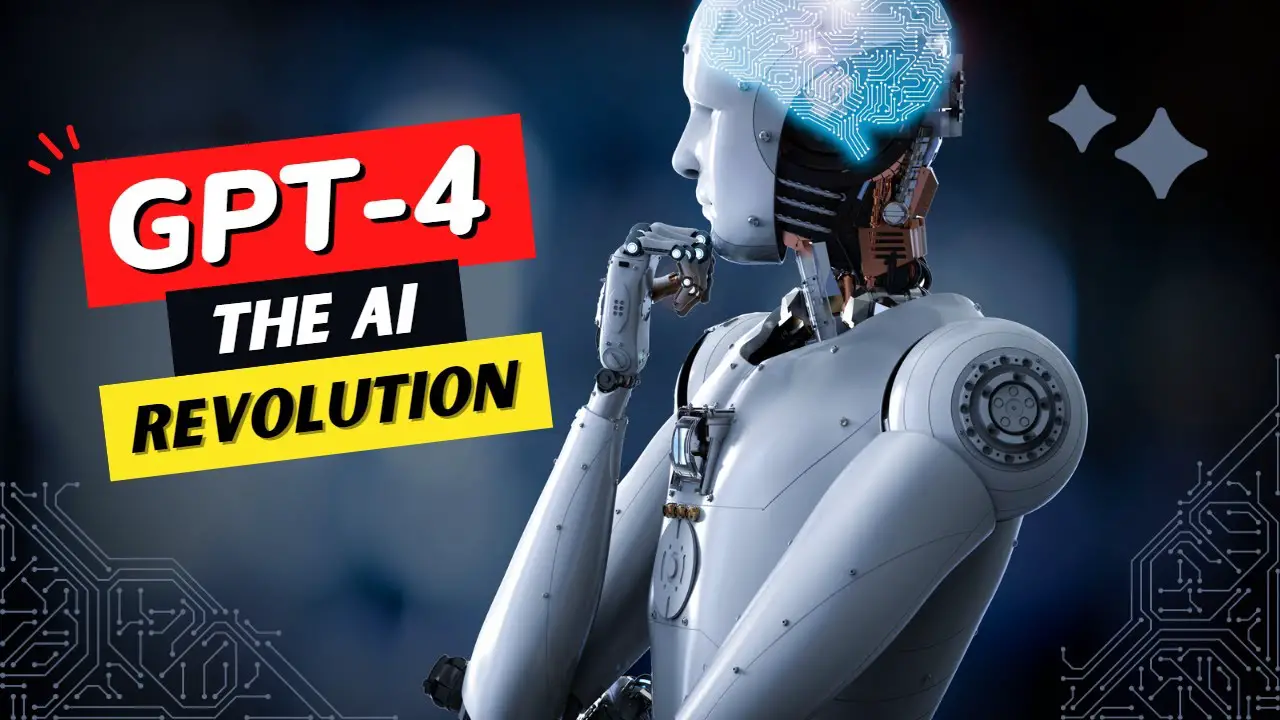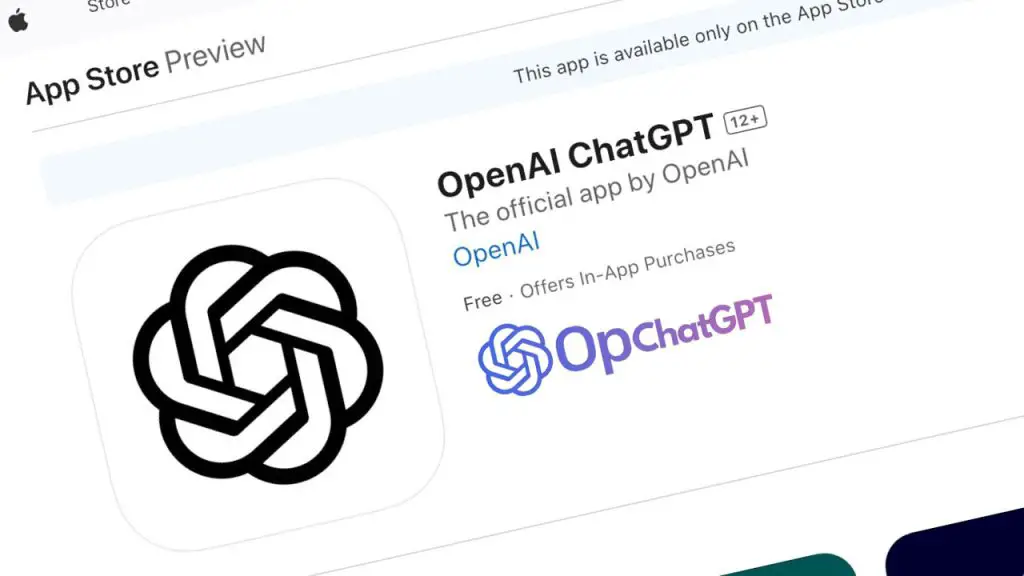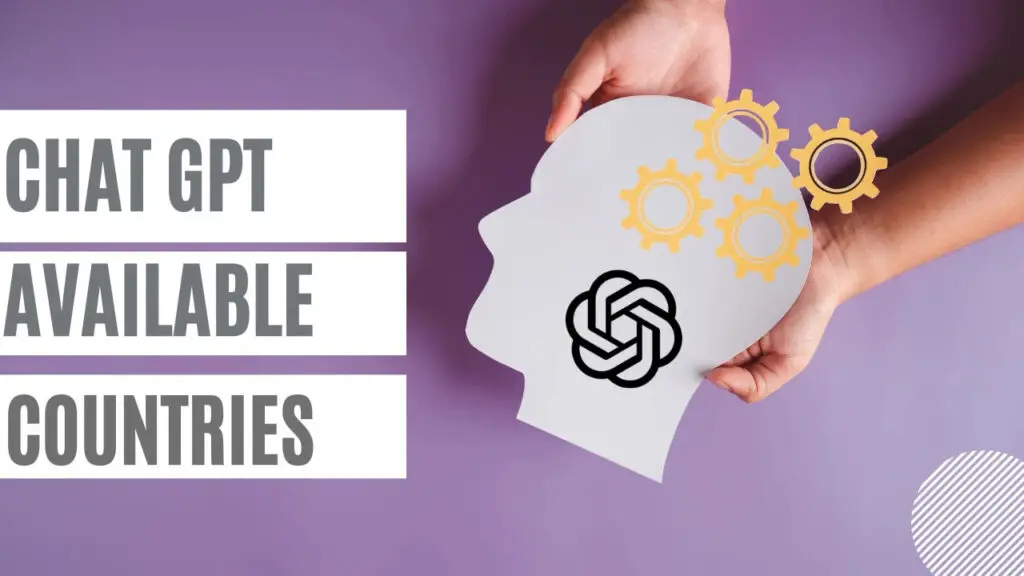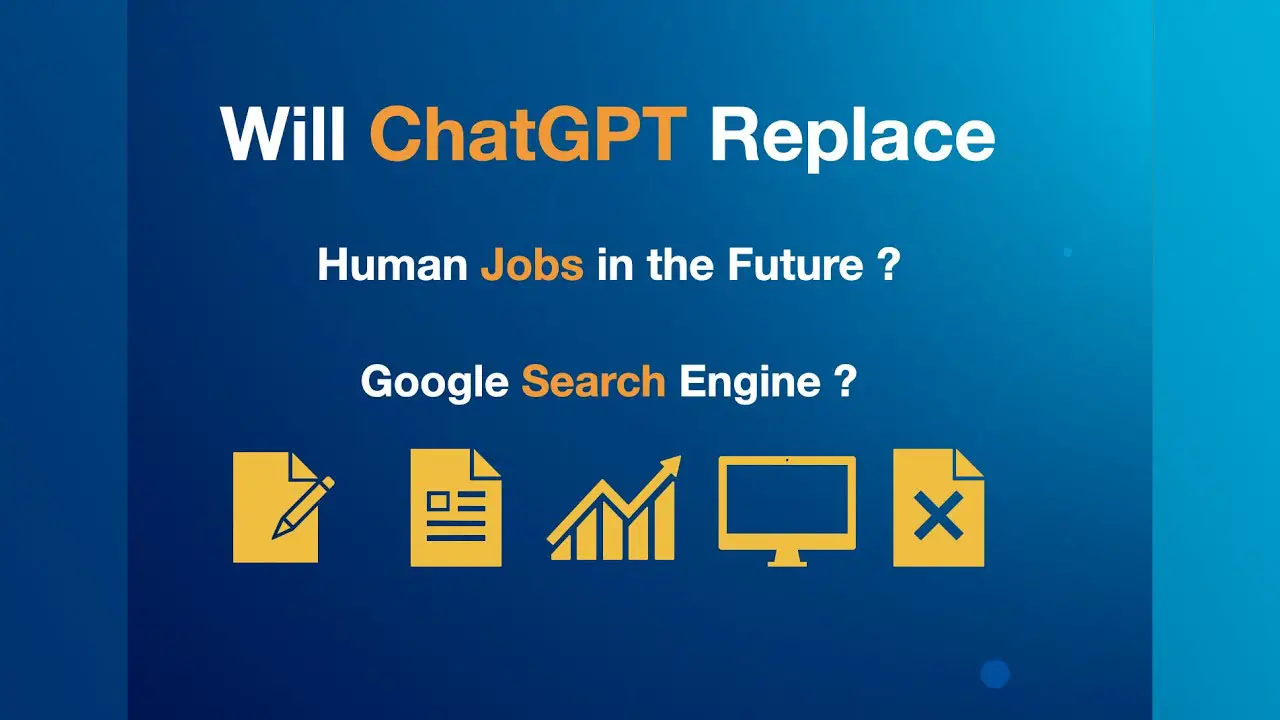Following the brilliant success of GPT-3, GPT-4 has intrigued technologists and business leaders determined to keep up with innovation. Of course, fears abound, but one thing is certain: GPT-4 will be a quantum leap over its predecessors in language prediction. This blog highlights the meaning of GPT and the meaning of GPT-4 in the business world.
One of the most intriguing AI applications currently under active development is GPT-4. It has taken the world of technology by storm, spawning all sorts of myths and speculation.
What is GPT-4?
GPT-4 (Generative Pre-trained Transformer) is a family of large-scale neural language models that can generate human-like text. The most recent public version of OpenAI is GPT-3. However, it is possible that OpenAI developed or released a new version of GPT after I found out about it.
However, given the success of the GPT series, it seems likely that OpenAI will continue to develop and release more powerful language models in the future.
Generative Pre-trained Transformer 4 (GPT-4) is an unreleased neural network created by OpenAI. According to the New York Times, it is “rumored to be released” in 2023. Vox said other websites said it was rumored to be “in every way” superior to OpenAI’s previously released GPT-3 and GPT-3.5. The Verge also cited rumors that this would significantly increase the number of parameters over GPT-3 (from 175 billion to 100 trillion), which OpenAI CEO Sam Altman called “Complete BULLSHIT.”
GPT Family in History
The GPT language model family is based on the transformer architecture introduced by Google in 2017. The transformer is a deep learning model that is particularly well suited for natural language processing (NLP) tasks such as language translation and text summarization. , and text generation. The transformer architecture uses internal attention mechanisms to capture dependencies between words in a sequence, allowing for more efficient modeling of long-term dependencies than earlier NLP models.

GPT-1
OpenAI first introduced the GPT model series in 2018 with the release of GPT-1. It was a relatively small model by today’s standards, with only 117 million parameters. However, it has shown impressive performance in various NLP benchmarks and has sparked interest in the potential of large-scale pre-trained language models.
GPT-2
GPT-2 was released in 2019 with 1.5 billion parameters and once again demonstrated top performance on a range of NLP tasks. However, the release of GPT-2 caused controversy as OpenAI decided not to release the largest version of the model due to concerns about its potential misuse to create fake news or other malicious content.
GPT-3
The GPT-3 was released in 2020 and is currently the most powerful and widely used model in the GPT series. It has 175 billion parameters and has shown impressive performance on a range of natural language tasks, including language translation, text completion, and question answering. GPT-3 has been used for a wide variety of applications, including chatbots, content creation, and even creative writing.
GPT-4
At the time of my knowledge termination in September 2021, OpenAI has not made any public announcements about GPT-4. However, given the success of the GPT series, it seems likely that OpenAI will continue to develop and release more powerful language models in the future.
OpenAI CEO Sam Altman Said about GPT-4
In an interview on “AI for the Next Era” on September 13, 2022, OpenAI CEO Sam Altman discussed the near future of AI technology.
He said, the multimodal model of the GPT AI Series available in near future. Multimodal means the ability to work in multiple modes such as text, images and sounds.
OpenAI interacts with people through text input. Whether it’s Dall-E or ChatGPT, it’s strictly text-based interaction.
AI with multimodal capabilities can interact through speech. It can listen for commands and provide information or perform a task.
Sam Altman offered these tantalizing details about what to expect next:
“I think that soon we will have multimodal models, and this will open up new opportunities.
I think people are doing amazing work with agents that can use computers to do things for you, use programs and this idea of a language interface where you speak natural language is what you want in these kinds of dialogues back and forth. back.
You can repeat and refine it, and the computer will simply do it for you.
You can see some of them with DALL-E and CoPilot very early.”
He did not specifically say that GPT-4 would be multimodal. But he hinted that this will happen in a short time.
Of particular interest is that he sees multimodal AI as a platform for creating new business models that are not possible today.
He compared multimodal AI to a mobile platform and how it opens up opportunities for thousands of new businesses and jobs.
When asked about the next stage in the evolution of AI, he replied that, according to him, these were certain functions.
“I think that we will earn real multimodal models.
And so not only text and images, but every modality you have in one model can easily move between things.”
Sel-Improve AI Models
What is little talked about is that AI researchers want to create an AI that can learn on its own.
This ability goes beyond spontaneous understanding of how to do things like translate from one language to another. The spontaneous ability to do something is called emergence. This is when new abilities appear due to an increase in the amount of training data.
But AI that learns on its own is something completely different, independent of the amount of training data.
What Altman described is an AI that actually learns and improves its abilities.
Also, this type of AI goes beyond the versioning paradigm that software traditionally follows when a company releases version 3, version 3.5, and so on.
He imagines an AI model that learns and then learns on its own, becoming an improved version.
Sam Altman did not indicate that the GPT-4 would have this capability. He just presented it as something they were aiming for, apparently something that was within the realm of possibility.
Sam Altman About GPT-4
Sam Altman was recently interviewed by StrictlyVC where he confirmed that OpenAI is working on a video model, which sounds incredible but can also lead to serious negative consequences.
While the video part was not said to be a component of GPT-4, what was of interest and possibly related was that Altman emphasized that OpenAI would not release GPT-4 until they were sure it was safe.
The relevant part of the interview takes place at 4:37 minute mark:
The interviewer asked:
“Can you comment on whether GPT-4 will be released in the first quarter, first half of the year?”
Sam Altman replied:
“It will happen at some point when we are confident that we can do it safely and responsibly.
I think that in general we will release technologies much more slowly than people would like.
We’re going to sit on it for much longer than people would like.
And in the end, people will be happy with our approach to this.
But at the time I realized that people want a shiny toy and it’s frustrating and I totally understand that.”
Twitter is buzzing with rumors that are hard to confirm. One unconfirmed rumor is that it will have 100 trillion parameters (compared to GPT-3’s 175 billion parameters).
This rumor was debunked by Sam Altman on the StrictlyVC interview program, where he also said that OpenAI does not have artificial general intelligence (AGI), i.e. the ability to learn everything a human can.
Sam Altman commented:
“I saw it on Twitter. This is complete bullshit.
The GPT rumor mill looks ridiculous.
…People ask to be disappointed, and they will.
… We don’t have real AGI and I think that’s what is expected of us and you know, yes … we will disappoint these people.“
Facts and Rumors
The two hard facts about GPT-4 are that OpenAI has hidden GPT-4 to the point where the public knows next to nothing, and second, OpenAI doesn’t release a product until it knows it’s secure.
So at the moment, it is difficult to say with certainty what the GPT-4 will look like and what it will be capable of.
But a tweet from technology writer Robert Scoble claims that this will be the next level and breakthrough.
However, OpenAI CEO Sam Altman cautioned against getting too high hopes.
Let’s Learn More about Chat GPT Just Click Here






